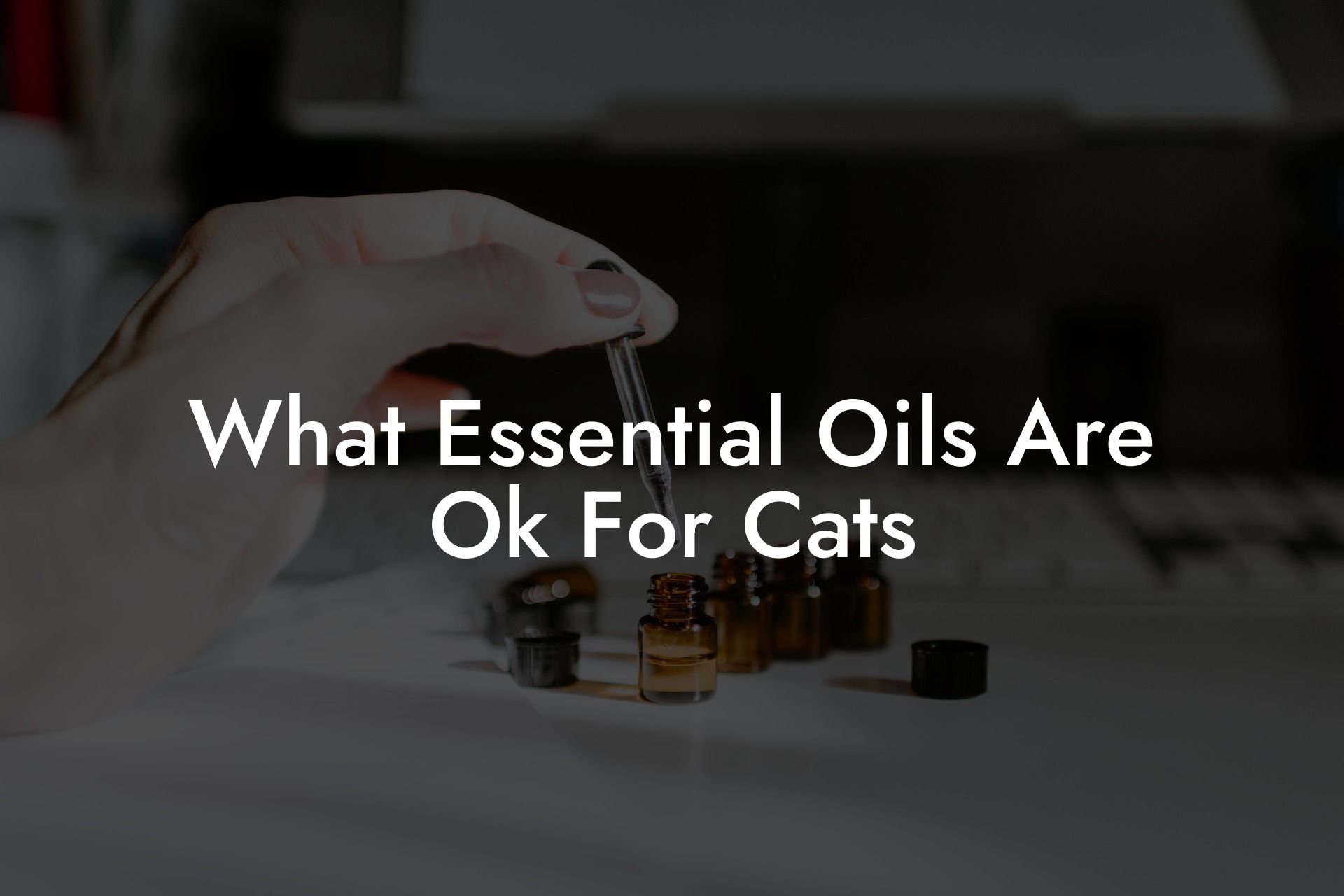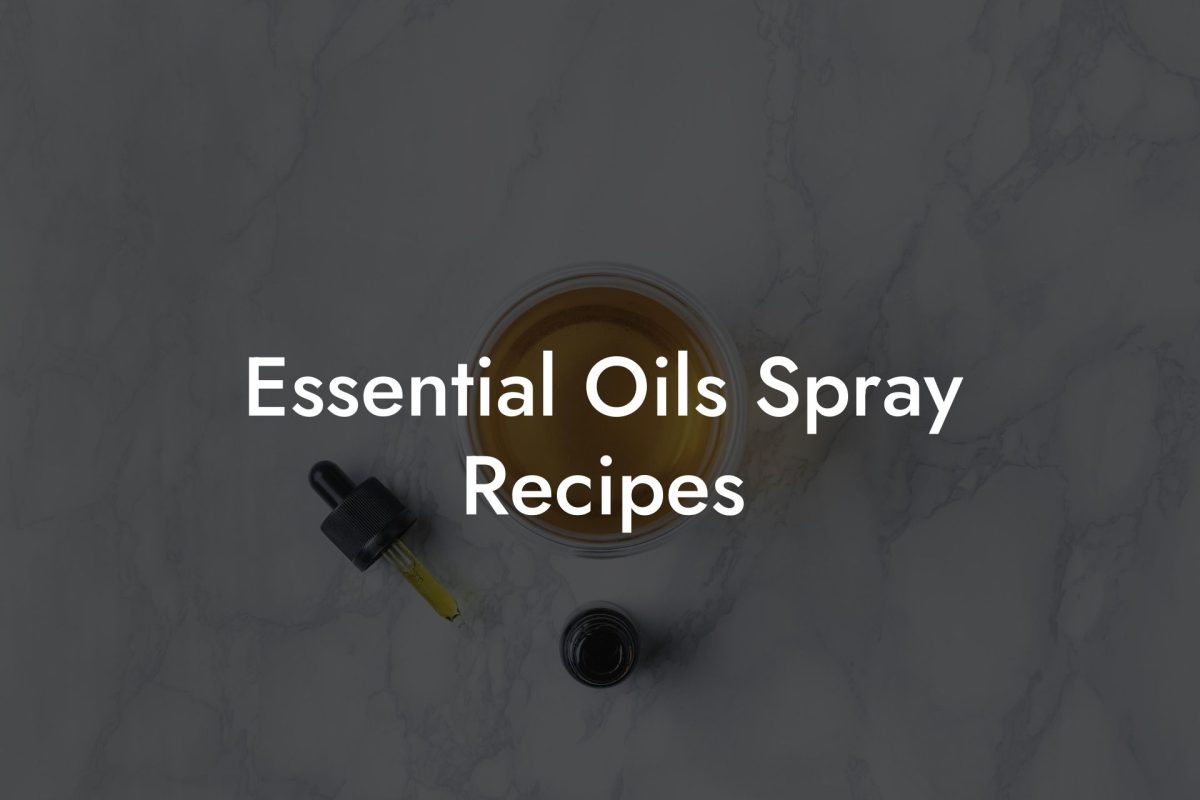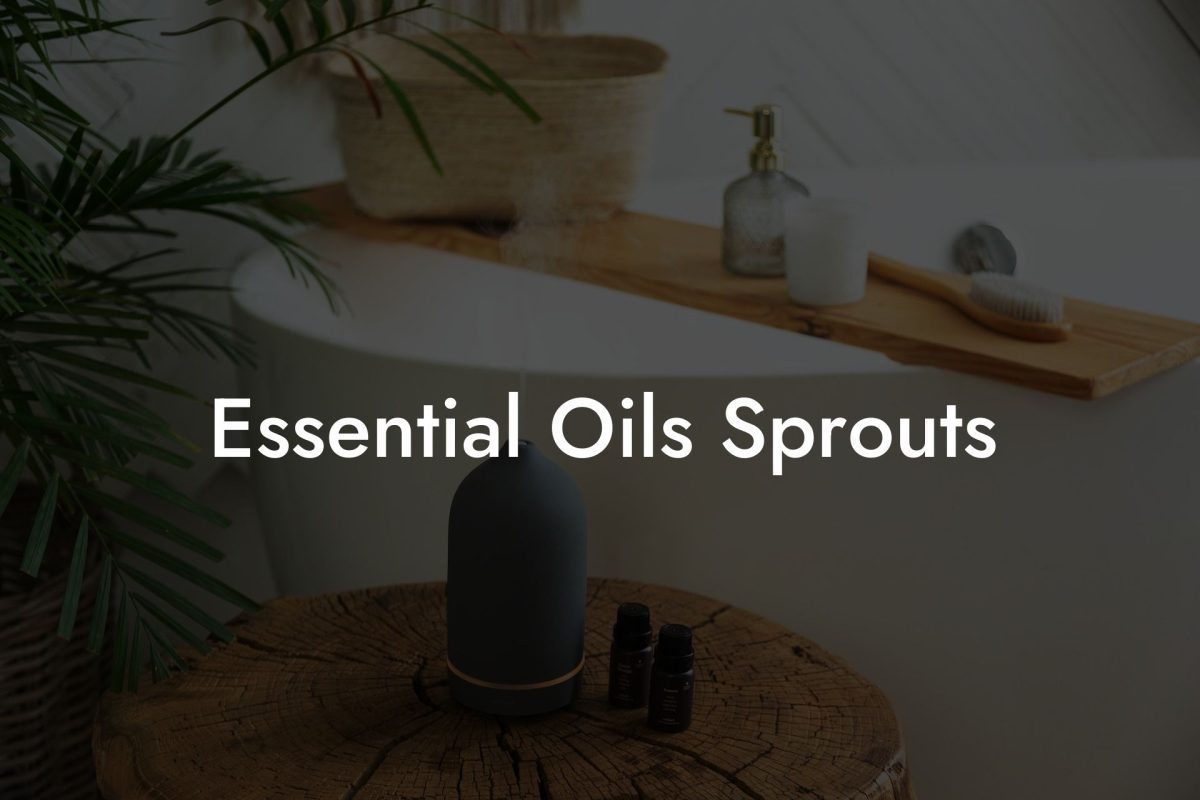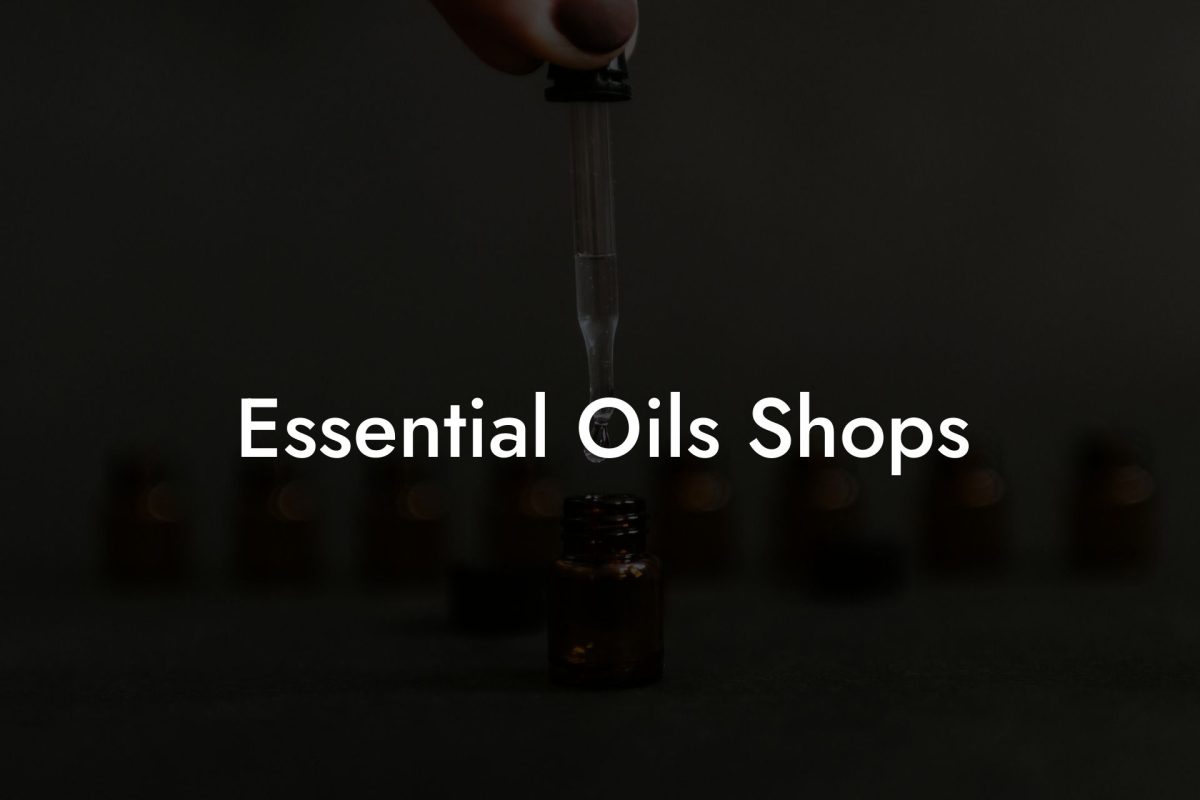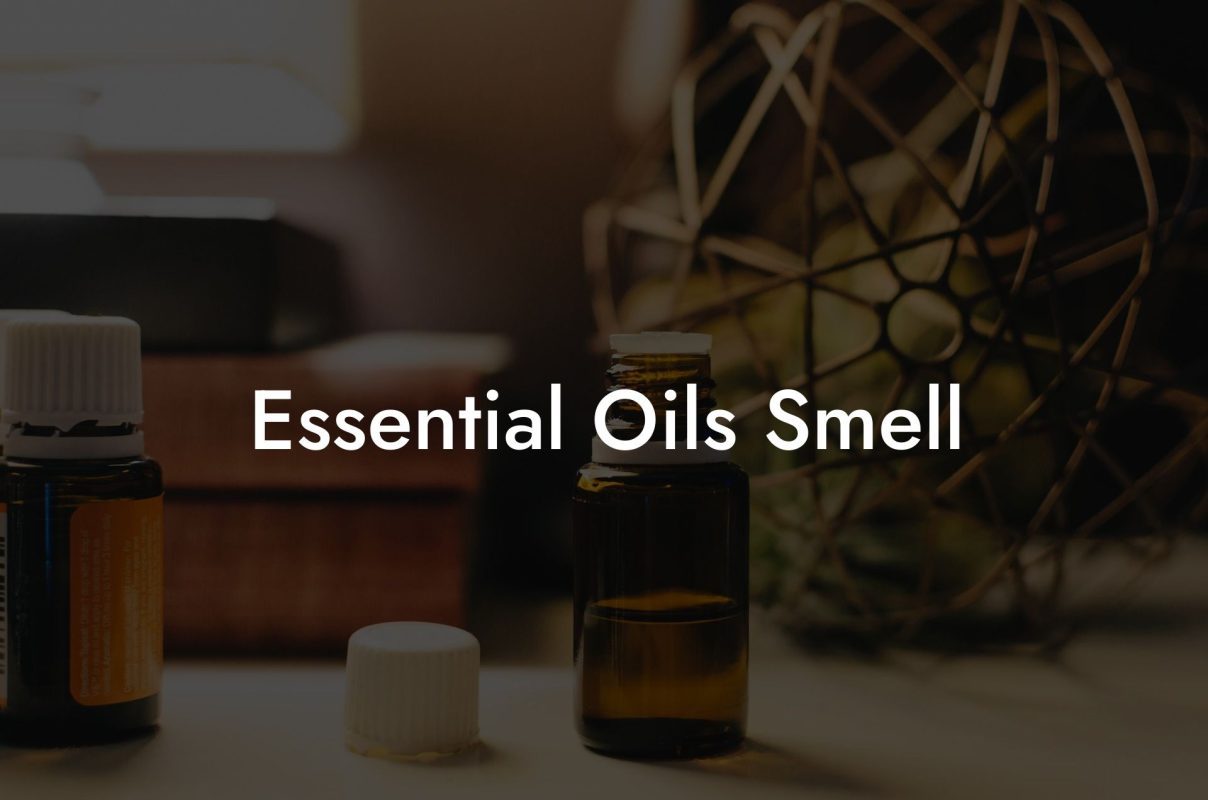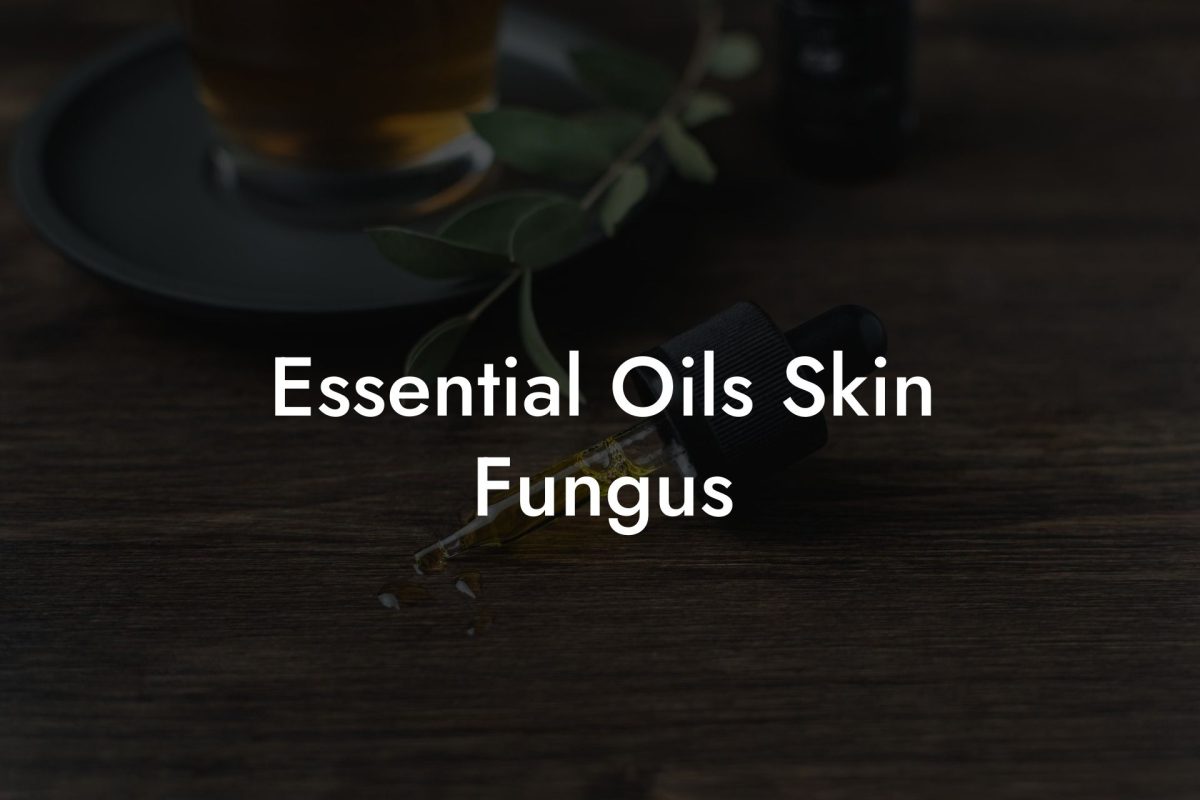As a cat owner, it’s natural to want the best for your feline friend, including a comfortable and healthy living environment. It can be tempting to turn to essential oils to enhance your home’s ambiance and promote overall wellness for yourself and your pet. However, it’s important to know that not all essential oils are safe for cats. In this article, we will explore which essential oils are okay for cats and how to use them safely, ensuring your cat remains happy and healthy.
Table of Contents
Why Are Some Essential Oils Dangerous for Cats?
Cats are more sensitive to essential oils than humans and other animals due to their unique physiology. Their liver lacks the enzyme glucuronosyltransferase, which is responsible for breaking down certain natural compounds like those found in essential oils. As a result, cats may experience toxic effects when exposed to essential oils that are harmless to other species.
Safe Essential Oils for Cats
With caution and proper usage, certain essential oils can still be enjoyed safely in a home with cats. Here are a few essential oils generally considered safe to diffuse around cats when used in moderation and appropriately diluted:
Cedarwood
Cedarwood oil, known for its soothing and calming properties, can help ease anxiety in cats. Cedarwood oil also has insect-repellent properties that can be beneficial for warding off fleas.
Rosemary
Rosemary oil has antimicrobial properties and can be helpful in maintaining a clean and healthy living environment for you and your cat. Remember to keep the application and diffusion of this oil minimal to ensure it remains safe for your feline friend.
Frankincense
Frankincense oil has calming and stress-reducing properties, making it a suitable option for creating a peaceful atmosphere for both you and your cat.
Carrot Seed
Carrot seed oil possesses several skin-supporting properties, which can be used topically on your cat, when properly diluted, to promote healthy skin and a shiny coat.
How to Safely Use Essential Oils with Cats
When using essential oils around cats, exercise caution and follow these safety guidelines to ensure your pet remains safe and healthy:
- Always research the specific essential oil for its safety with cats before using it.
- Diffuse oils in well-ventilated areas, allowing your cat to leave the room if they choose to.
- Use appropriate dilution ratios when applying essential oils topically on your cat.
- Consult with a veterinarian experienced in using essential oils with cats for guidance and advisement.
What Essential Oils Are Ok For Cats Example:
Let’s say you’d like to introduce cedarwood essential oil to your home for its calming and flea-repellent properties while ensuring a safe environment for your cat. Begin by selecting a high-quality, therapeutic-grade cedarwood oil from a reputable source.
Next, diffuse the cedarwood oil in a well-ventilated room, using a safe, low concentration (2-3 drops per 100ml of water) and allowing your cat the freedom to leave the area if they so choose. Monitor your cat for any adverse reactions like increased scratching, sneezing, or lethargy, and stop using the essential oil if you notice any of these symptoms. Alternatively, consult with a veterinarian experienced in aromatherapy for guidance on safe usage and dilution ratios for topical applications on your cat.
In conclusion, essential oils can offer numerous benefits to both our lives and those of our pets when used responsibly and safely. Armed with the knowledge of cat-safe essential oils and guidelines for proper usage, you can begin to introduce these natural wellness tools into your home with confidence. If you found this guide helpful, be sure to share it with fellow cat owners in need of advice on essential oils and explore other informative guides on Oshu Oils. Don’t forget to browse the Oshu Oils range of essential oils to find the perfect options for your home and your feline companions.

